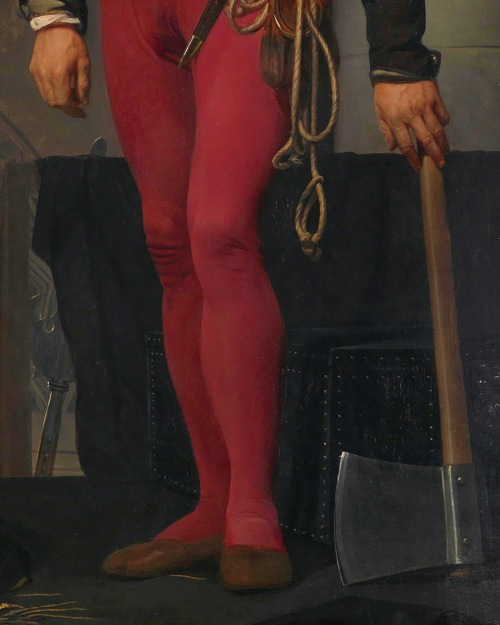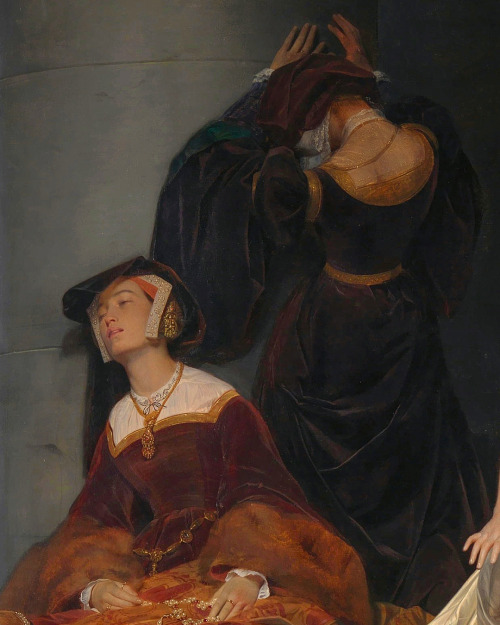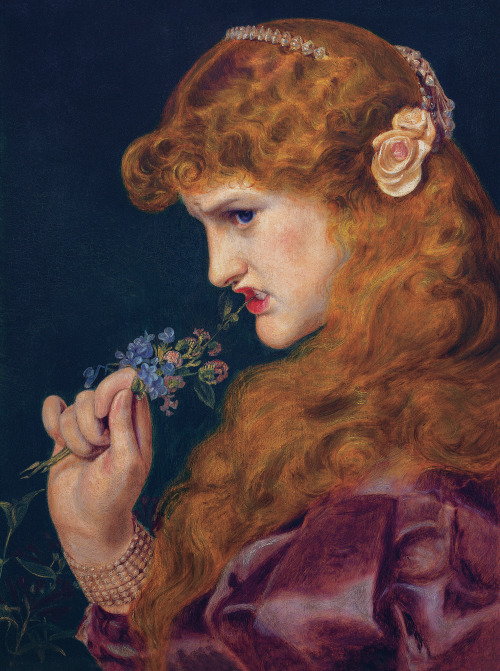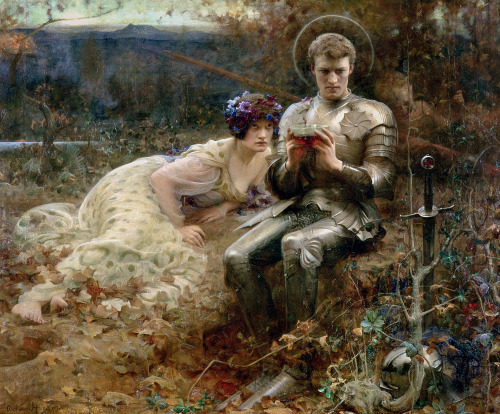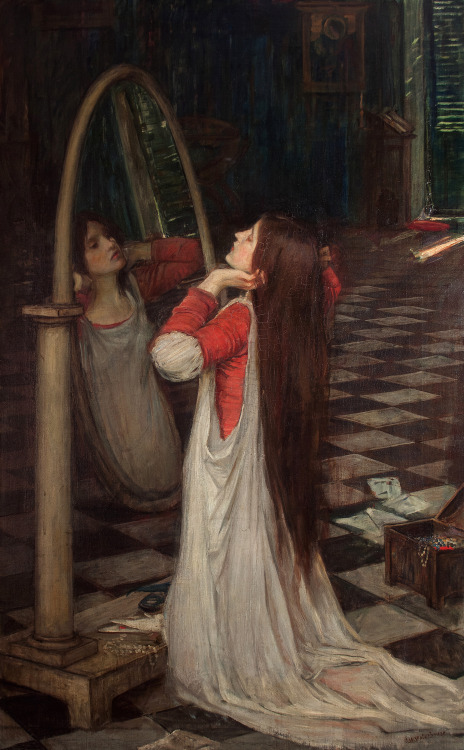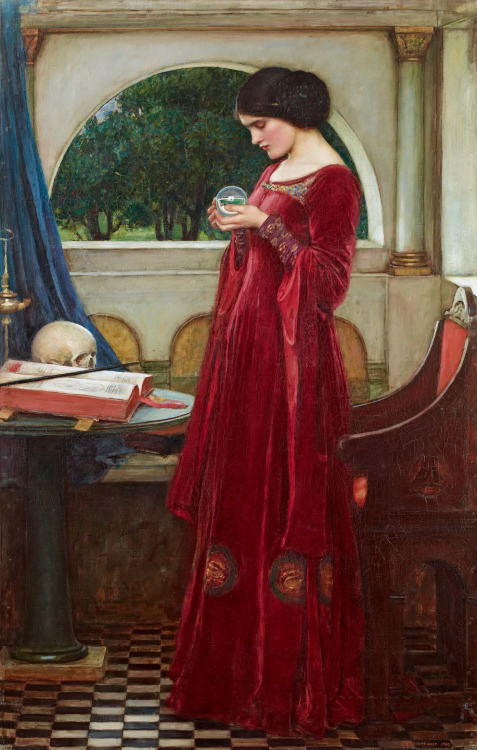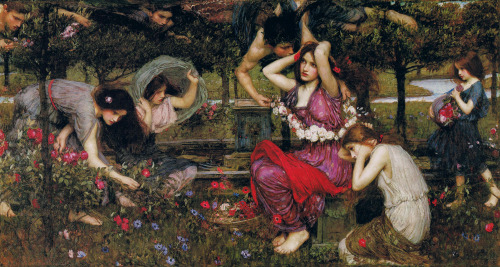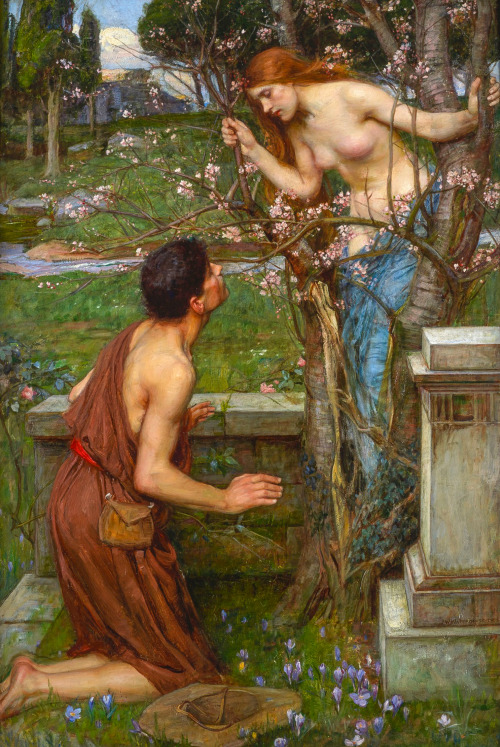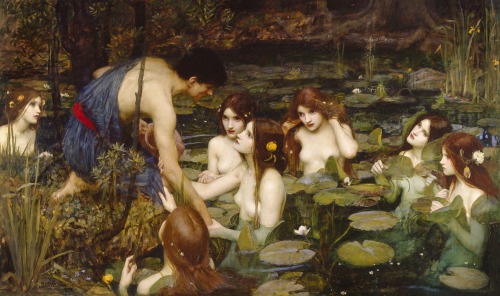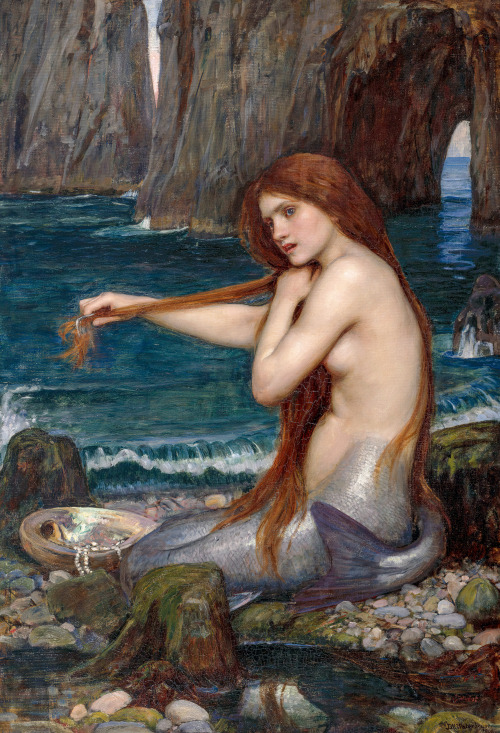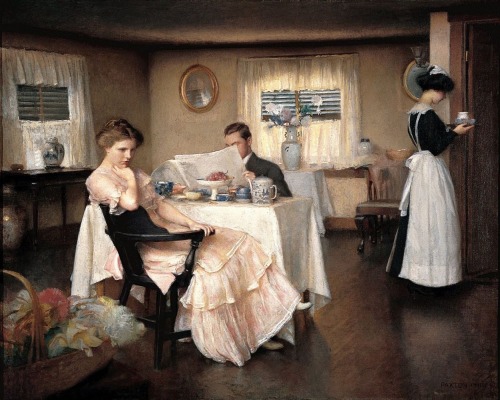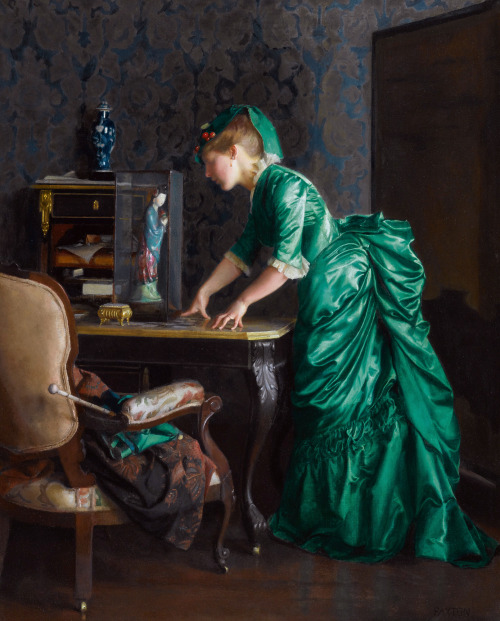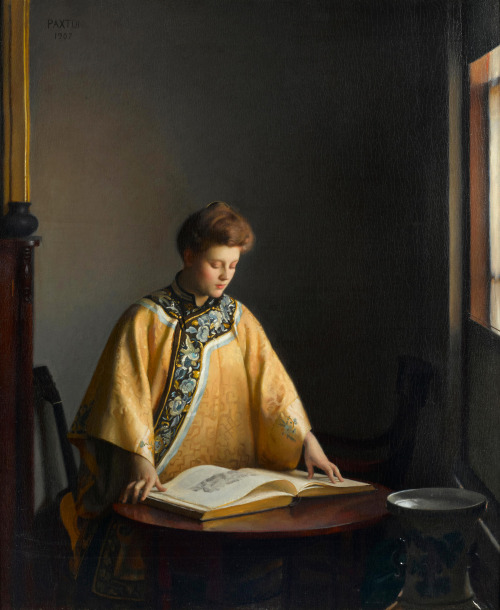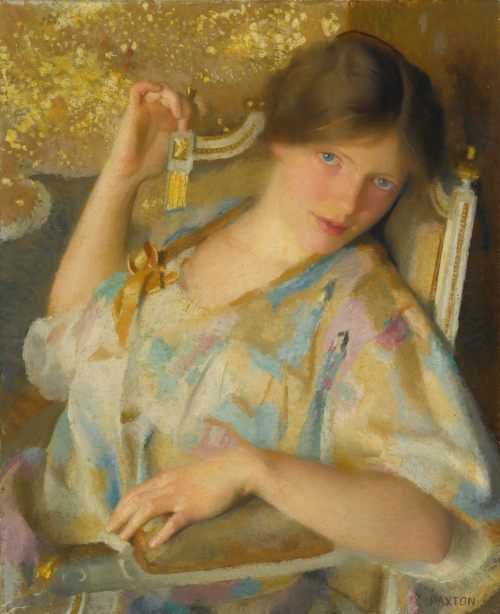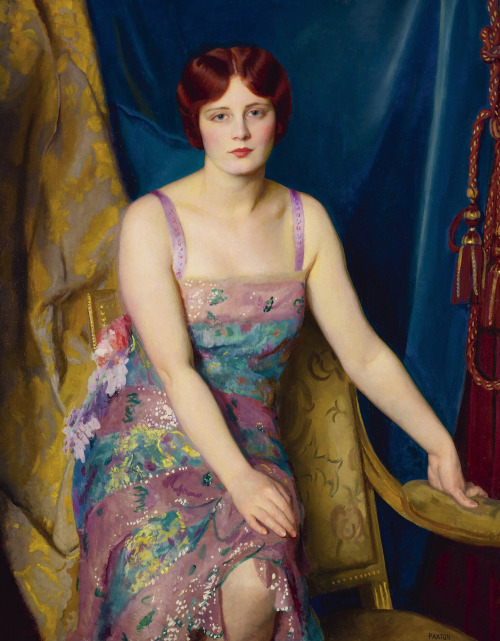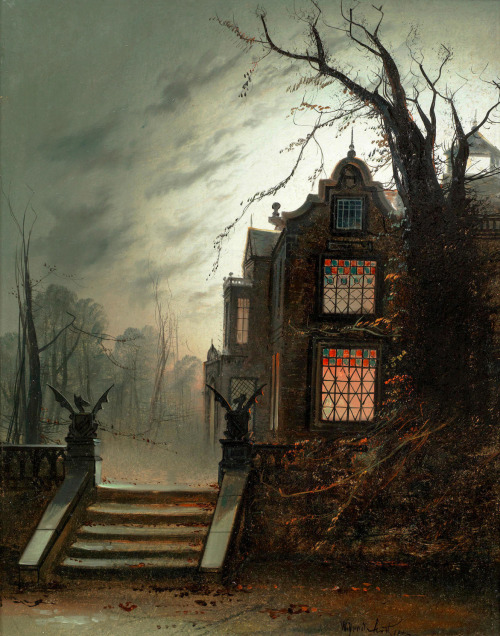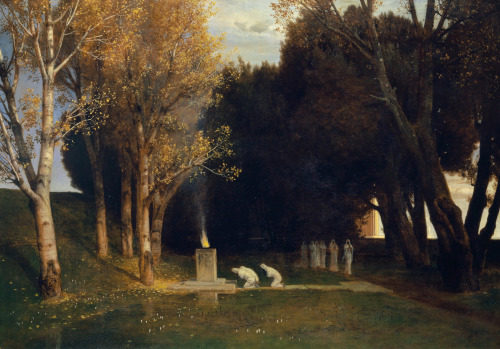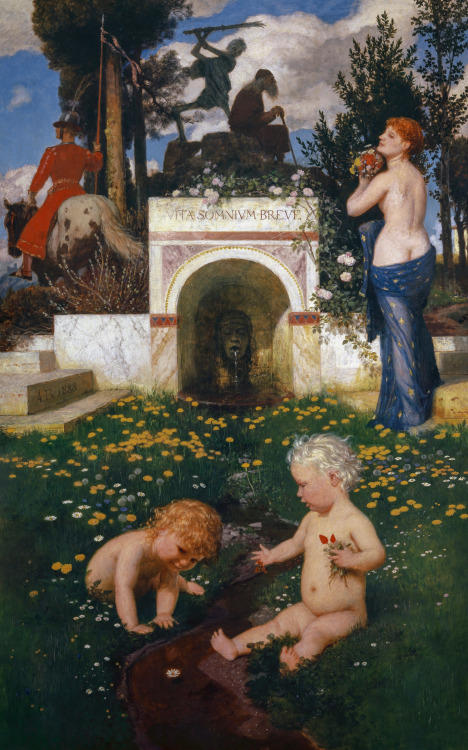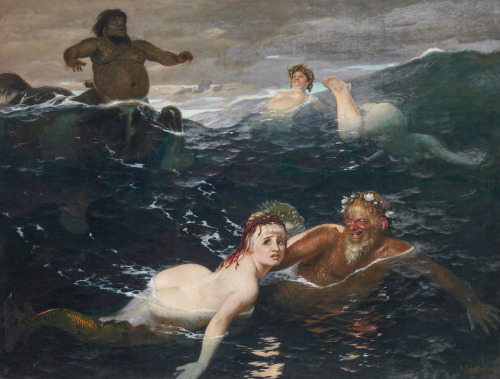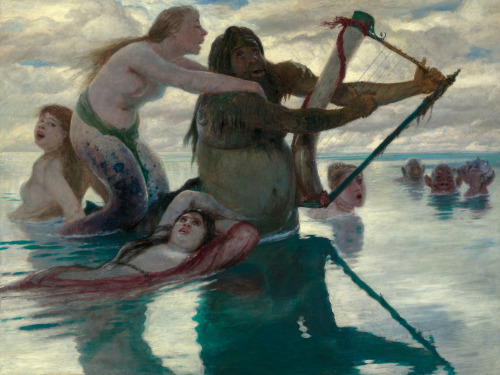#old paintings

“Never Let Me Go”
Anne Magill, 1962










Gulácsy Lajos (1882-1932) - A song about old light and love 1904




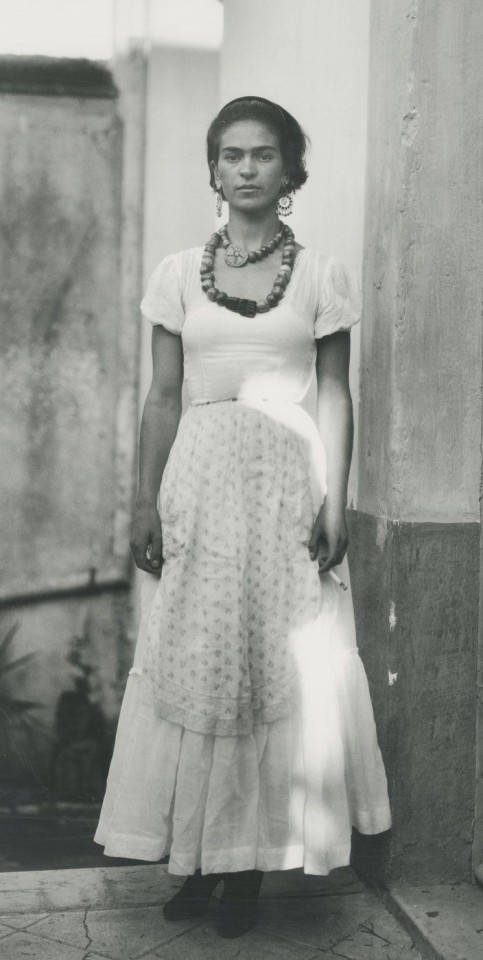





Magdalena Carmen Frida Kahlo y Calderón
6 July 1907-13 July 1954 (aged 47)
Coyoacán, Mexico City, Mexico
Periods: Naive art, Modern art, Surrealism, Magical realism, Symbolism, Primitivism, Naturalism, Social realism, Cubism
Magdalena Carmen Frida Kahlo y Calderón was a Mexican painter known for her many portraits, self-portrait and works inspired by the nature and artifacts of Mexico. Inspired by the country popular culture, she employed a naive folk art style to explore questions of identity, postcolonialism, gender, class, and race in Mexican society.
Her paintings often had strong autobiographical elements and mixed realism with fantasy. In addition to belonging to the post-revolutionary Mexicayotl movement, which sought to define a Mexican identity, Kahlo has been described as a surrealist or magical realist. She is known for painting about her experience chronic pain.

In bed, the kiss, 1892
Henri De Toulouse-Lautrec

Garden With Courting Couples: Square Saint-Pierre, 1887
Vincent Van Gogh
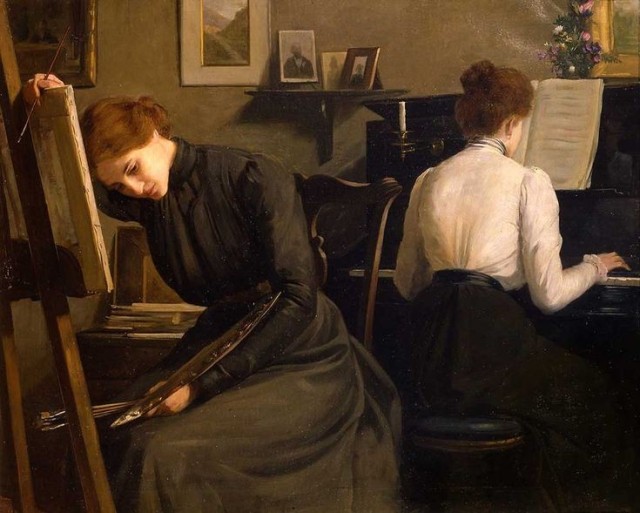
Lionello Balestrieri, Painter and Pianist (1910)




“The Creation Of Adam” Creazione di Adamo by Michelangelo
1508-1512
Anne Magill, 1962
“Never Let Me Go”




Paul Delaroche (1797-1856), The Execution of Lady Jane Grey, 1833, oil on canvas, 246 x 297 cm. National Gallery
-
Lady Jane Grey reigned for just nine days as Queen of England following the death of Edward VI in 1553: she was deposed by the faction supporting Edward’s half-sister and heir, Mary Tudor. Tried for treason, the 17-year-old Lady Jane was beheaded at Tower Hill on 12 February 1554.
Delaroche shows the final moments of the blindfolded Lady Jane as she pleads, ‘What shall I do? Where is the block?’ She is being guided towards it by Sir John Brydges, Lieutenant of the Tower. Her outer clothing has already been removed and is gathered in the lap of a lady-in-waiting, who has slumped to the ground. Behind her, a second lady-in-waiting stands facing the wall, unable to watch. To the right, the executioner stands waiting. Using a shallow stage-like space, theatrical lighting and life-size figures, Delaroche plays up the spectacle of the innocent young victim on the brink of martyrdom, compelling us to react to the scene before us.
Post link




s p r i n g .
ThePre-Raphaelite Brotherhood founded in 1848 by seven young artists who banded together against what they felt was an artificial and mannered approach to painting taught at London’s Royal Academy of Arts. Inspired by the theories of John Ruskin, who urged artists to ‘go to nature’, they believed in an art of serious subjects treated with maximum realism. Their principal themes were initially religious, but their later works largely focus on medieval subjects from literature and poetry privileging atmosphere and mood over narrative. Althought disolved in the 1850s, the movement gain a lot of attention and many followers continued to paint in their style.
-
Mysterious Art Century
Instagram-Facebook-Twitter-Pinterest-Shop
Post link
John Everett Millais (1829-1896), The Bridesmaid, 1851, oil on panel, 27.9 x 20.3 cm. The Fitzwilliam Museum
-
Painted in 1851, ‘The Bridesmaid’ illustrates one of many Victorian marriage traditions. Victorians believed a bridesmaid would see a vision of her true love if she passed a piece of wedding cake through a ring nine times, a ritual depicted in Millais’ painting. This is not the only symbolism found in the painting. An orange blossom on the woman’s chest represents chastity. Read more
Post link
Eugène Carrière (1849-1906) was a French Symbolist painter, lithographer, and sculptor known for his atmospheric, monomchromatic style of domestic intimacy scenes and for his portraits of distinguished literary and artistic personalities.
The misty appearance of Carrière’s work was prized by contemporaries tired of precisely detailed and realistic paintings. A critic once compared Carrière’s style to that of his colleague Auguste Rodin, writing, “Rodin paints in marble and Carrière sculpts with shadow.”
-
Mysterious Art Century
Instagram-Facebook-Twitter-Pinterest
Post link
Wilfred Bosworth Jenkins (1857-1936), A country house by moonlight, oil on board, 46.3 x 36.2 cm. In a private collection
Post link
John Atkinson Grimshaw (1836-1893), A Wet Road, Knostrop, Yorkshire; 1886, oil on canvas, 76.2 x 63.5 cm. In a private collection
Post link
Klimt - Brocken Neck, I mean: The Kiss. Finished yesterday, washed and ironed, only needs a frame now. 5 months of work with an uncooperative Set by Riolis. by Vartanes_KindOf
Post link
“The Kiss” by Gustav Klimt - Great Art Explained
I had no idea Klimt used so much gold leaf in his paintings, nor did I know of his play of texture. There are tons of paintings to look at online, but it’s rare to see views at an angle, to catch all the texture that cannot be viewed head-on.





